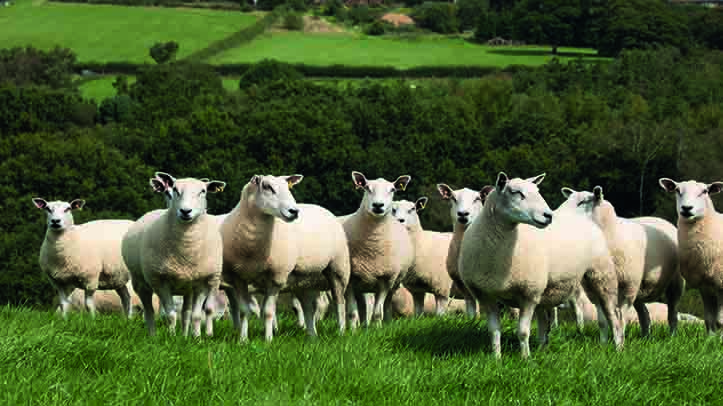Mole Valley Farmers, in association with Molecare Farm Vets, has launched a new rapid result in-store faecal egg counting (FEC) service to help livestock owners target correct wormer treatments and slow the development of anthelmintic resistance.
The new service means livestock and equine owners can get results from samples taken from their stock in just 45 minutes.
The rapid results and professional advice from Mole Valley Farmers’ network of 320 SQPs will help inform owners when treatment is necessary and the best action to take.
The service is being trialled at five Mole Valley Farmers stores across England – at Piercebridge, Ripley, South Molton, Holsworthy, and Buckingham.
Mole Valley Farmers will also continue to operate its postal FEC service, which can be bought in-store and generates results in two to three days.
Charlotte Harper, senior product manager at Mole Valley Farmers, said: “Regular FEC testing may seem like an added burden, but the ability for livestock owners to find out quickly if they have a worm problem in their stock is paramount to ensure treatments are only given when necessary.
“Not only does testing ensure worms are not comprising stock, but it also means that they are treated at the right time and with the right product. This will also help safeguard wormers for future use by minimising the selection pressure. There is also increasing awareness concerning other environmental impacts such as the overuse of 3MLs, in particular, harming dung beetle populations, which, in turn, can result in an increased number of parasitic worm larvae on the pasture.
“We hope this service will improve the engagement and quality of conversations between the SQP and farmer.”
Ms Harper said she hoped regular FEC testing would become as familiar on farms as worming and be a routine part of day-to-day flock and herd management.
She added: “It’s important, as an industry, we move away from routine worming to help safeguard future use of anthelmintics. As well as helping reduce the selection pressure, there are also cost benefits coming from treating fewer animals, saving medicine costs, improving the performance of animals, and protecting from further resistance.”


